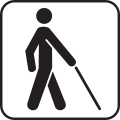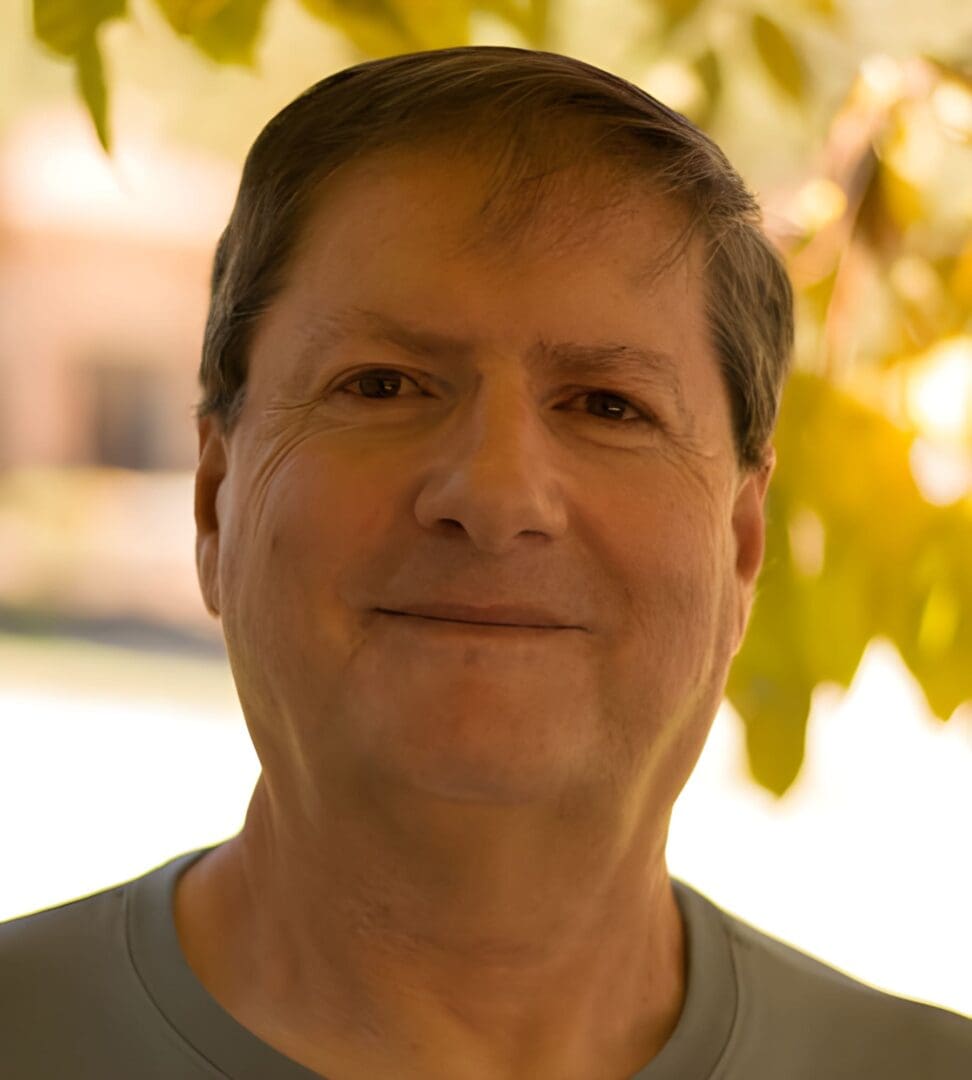Disability is a complex and multifaceted concept with various interpretations and definitions depending on the context. Broadly, it refers to any condition (physical, mental, intellectual, or sensory) that limits or restricts a person’s ability to participate in everyday activities and interact with their environment.
Key concepts:
- Impairment: A physiological, anatomical, or psychological anomaly that can be temporary or permanent. Examples include mobility limitations, vision or hearing loss, chronic illnesses, and cognitive impairments.
- Activity limitations: Difficulties an individual encounters in performing physical, sensory, or mental tasks due to their impairment. These can range from basic activities like walking or dressing to complex tasks like working or communicating.
- Participation restrictions: Challenges faced by individuals in engaging in social, economic, and other life activities due to their impairment and activity limitations. This can encompass limitations in employment, education, community participation, and relationships.
Perspectives on disability:
- Medical model: Views disability as a medical issue to be treated or cured.
- Social model: Emphasizes the societal barriers and discrimination that disable people, rather than their impairments themselves.
- Biopsychosocial model: Recognizes the interaction between biological, psychological, and social factors in shaping the experience of disability.
Types of disabilities:
- Physical disabilities: Affecting mobility, dexterity, and physical functioning.
- Sensory disabilities: Affecting vision, hearing, or other senses.
- Intellectual disabilities: Impacting cognitive abilities, learning, and development.
- Mental health disabilities: Affecting emotional well-being and behavioral functioning.
- Hidden disabilities: Not readily apparent, such as chronic pain, learning disabilities, or mental health conditions.
Importance of understanding disability:
- Promotes inclusion and accessibility for all individuals.
- Combats discrimination and prejudice against people with disabilities.
- Recognizes the diverse experiences and needs of people with disabilities.
- Advocates for policies and practices that empower and support people with disabilities.
Related terms: Impairment, activity limitations, participation restrictions, medical model, social model, biopsychosocial model, physical disability, sensory disability, intellectual disability, mental health disability, hidden disability, accessibility, inclusion, empowerment.
Disability is the experience of any condition that makes it more difficult for a person to do certain activities or have equitable access within a given society. Disabilities may be cognitive, developmental, intellectual, mental, physical, sensory, or a combination of multiple factors. Disabilities can be present from birth or can be acquired during a person's lifetime. Historically, disabilities have only been recognized based on a narrow set of criteria—however, disabilities are not binary and can be present in unique characteristics depending on the individual. A disability may be readily visible, or invisible in nature.
The United Nations Convention on the Rights of Persons with Disabilities defines disability as including:
long-term physical, mental, intellectual or sensory impairments which in interaction with various barriers may hinder [a person's] full and effective participation in society on an equal basis with others.
Disabilities have been perceived differently throughout history, through a variety of different theoretical lenses. There are two main models that attempt to explain disability in our society: the medical model and the social model. The medical model serves as a theoretical framework that considers disability as an undesirable medical condition that requires specialized treatment. Those who ascribe to the medical model tend to focus on finding the root causes of disabilities, as well as any cures—such as assistive technology. The social model centers disability as a societally-created limitation on individuals who do not have the same ability as the majority of the population. Although the medical model and social model are the most common frames for disability, there are a multitude of other models that theorize disability.
There are many terms that explain aspects of disability. While some terms solely exist to describe phenomena pertaining to disability, others have been centered around stigmatizing and ostracizing those with disabilities. Some terms have such a negative connotation that they are considered to be slurs. A current point of contention is whether it is appropriate to use person-first language (i.e. a person who is disabled) or identity-first language (i.e. a disabled person) when referring to disability and an individual.
Due to the marginalization of disabled people, there have been several activist causes that push for equitable treatment and access in society. Disability activists have fought to receive equal and equitable rights under the law—though there are still political issues that enable or advance the oppression of disabled people. Although disability activism serves to dismantle ableist systems, social norms relating to the perception of disabilities are often reinforced by tropes used by the media. Since negative perceptions of disability are pervasive in modern society, disabled people have turned to self-advocacy in an attempt to push back against their marginalization. The recognition of disability as an identity that is experienced differently based on the other multi-faceted identities of the individual is one often pointed out by disabled self-advocates. The ostracization of disability from mainstream society has created the opportunity for a disability culture to emerge. While disabled activists still promote the integration of disabled people into mainstream society, several disabled-only spaces have been created to foster a disability community—such as with art, social media, and sports.





